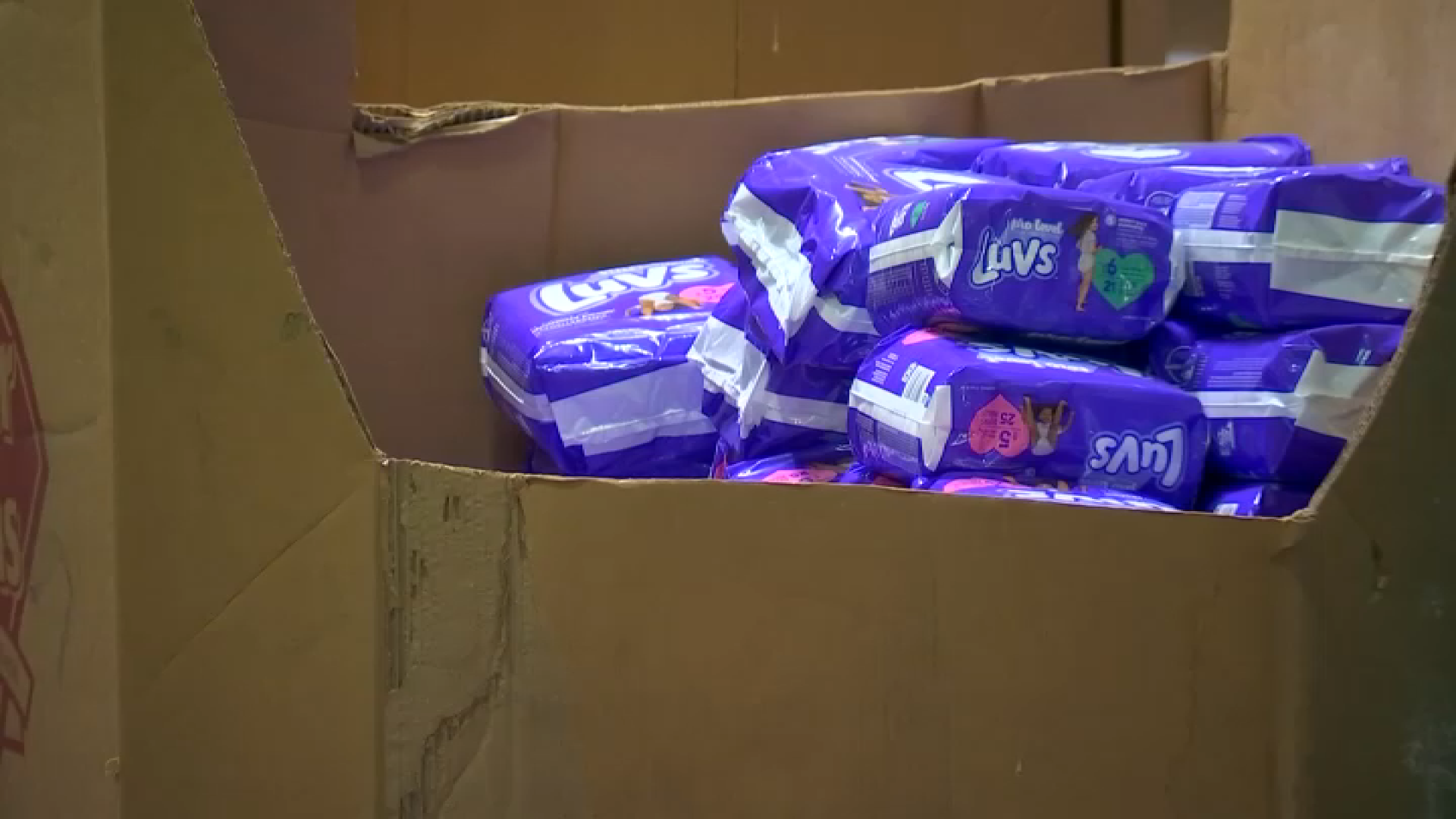The five elected officials who govern Los Angeles County today approved $460 million in Measure H spending on homelessness, increasing their commitment to the problem in the face of a widely anticipated rise in the numbers of people without a permanent home.
Prior to the vote, the Board of Supervisors gathered on the steps of the downtown Kenneth Hahn Hall of Administration to underline the county's determination to find permanent solutions for thousands of people living in encampments on city streets and empty lots.
"The scale of this crisis is overwhelming," Supervisor Janice Hahn said. "We cannot and will not accept this as the new normal."
The results of the Los Angeles Homeless Services Authority point-in- time count of homelessness will not be publicly available until May 31, but all indications are that the trend will be up, perhaps dramatically.
"This is a deepening and dynamic crisis," Supervisor Mark Ridley-Thomas said. "We are contending with serious head winds that threaten to hinder our progress, but we will not be deterred."
Board members have pointed repeatedly in recent weeks to results from other counties, including a 43 percent reported jump in homelessness in Orange County.
"If you look at our neighboring counties, their growth in homelessness reported already is humongous and it will be way more than twice as much or even three times as much as what we will experience here," Supervisor Sheila Kuehl said.
News
Top news of the day
Even the lowest double digit increase in homelessness in Los Angeles County would mean another 5,000 people without housing. Last year's count calculated 52,765 homeless individuals countywide, roughly half of whom were living in their cars, tents or other makeshift shelters. County officials said their multi-faceted approach is working, pointing to success in moving more than 14,000 people into permanent housing and more than double that number into crisis or bridge housing using Measure H funding.
But more people are also falling into homelessness, leading the county to focus on economic drivers like rising rental rates and steady employment as part of the solution.
"People are struggling to find apartments and housing within their means," Supervisor Hilda Solis said, noting that nearly 60 percent of county residents live in rental housing. The county has put a 3 percent cap on rental increases in unincorporated areas and is backing statewide legislation to limit rents and prevent landlords from unjustly evicting tenants. But California voters rejected a 2018 proposal to give local governments more latitude to enact rent controls.
The strategies proposed as part of the $460 million county plan are wide-ranging and include $92.8 million to strengthen the shelter system, $85.4 million for rapid re-housing and $77.3 million in rental subsidies. Millions of dollars will also be spent on staffing to reach out to and support homeless individuals.
Phil Ansell, who oversees the county's homeless initiatives, said the county has mobilized roughly 800 outreach coordinators, most of whom work for community-based organizations. The most obvious metric of success of county programs would be a drop in homelessness, but that seems unlikely in the short term and the supervisors stressed the complexity of the problem and urged taxpayers to continue to back their work.
"I have said to my taxpayers, you are making a difference in individual lives. Now we have to work on prevention, because as more and more people fall for the first time into homelessness, we have to look at the causes," Kuehl said. "But I think the taxpayers should be very pleased with the lives that they've saved."
Ansell said once people have the opportunity to access housing, they stay off the streets.
"Our data shows that well over 90 percent of formerly homeless adults and families who enter permanent supportive housing remain permanently housed after one year," Ansell said.
Even more money than expected has been raised through the quarter-cent sales tax increase approved by voters in 2017. Putting all that money to work has proven challenging as both public and private sector providers work to ramp up capacity, but the county says that just $15 million of Measure H spending for the county's last fiscal year, or less than 5 percent of the total, went unspent and will be carried over to this year.
The county expects to house 30,000 people in interim housing next year, a goal it fell short of this year.
"This is a massive undertaking and by all comparative standards our system has ramped up and expanded at a very quick rate,'' Ansell told the board.
Ansell highlighted new initiatives for the coming year, including an employment task force and a jobs training program with stipends for 250 people. The board also approved motions to redirect $700,000 in funding to efforts to find housing and services for homeless community college students and another $600,000 to expand mobile shower facilities.
"What we know works, we need to get on it and we need to expand it," Solis said.
It's not just Measure H dollars that fund the fight against homelessness. The county is also using significant funding from the Mental Health Services Act to pay for homeless initiatives linked to mental illness and substance abuse, for example
Supervisor Kathryn Barger emphasized the need to continue that support.
"It is our responsibility to help those who cannot, for whatever reason, seek assistance for themselves," she said. "Combating this crisis is incredibly complicated work, but I continue to believe in the diverse and powerful strategies as we fund Measure H."



